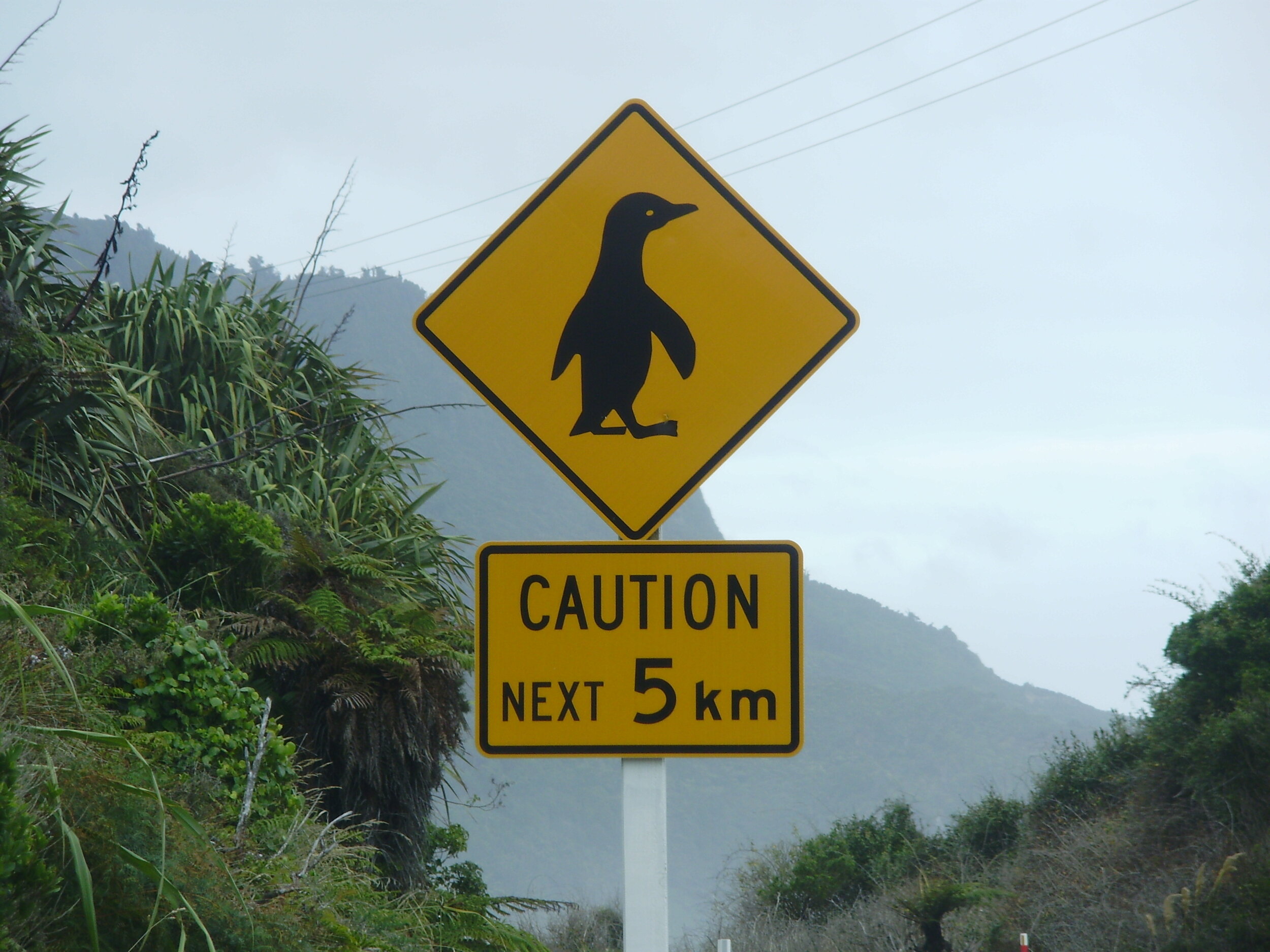West Coast Pancakes
After a day spent around the Hokitika area exploring the breath-taking colours of the gorge, the supreme serenity of Lake Kaniere and the tasty pizza concoctions of Fat Pippi (yes some of the best pizzas to be found anywhere are in Hokitika) it’s good to drive further up the West Coastline. The only road weaves along beside the rugged coastline squeezed between the mountains, rainforest and sea. The Tasman Ocean pounds the beaches on one side whilst the mountains of the Southern Alps rise majestically on the other. The main township north of Hokitika is Greymouth which offers numerous accommodation and refreshment options. It’s home to Speights Brewery, a world-famous beer often known as West Coast gold. The brewery offers tours and is reported to have one of the best restaurants in town. I haven’t tried it yet, but it is on my list. Greymouth is also the end of the line for the ‘Tranzalpine’, the scenic train journey that traverses from Christchurch on the East Coast through the mountainous Arthur’s Pass area.
North of Greymouth the road twists and turns around many corners and the scenery becomes largely dense bush and rainforest. There is a scattering of small settlements here and there and some wonderful places to stay offering incredible views. The rainforest ends where the rock-strewn coastline starts and there are endless sandy beaches to pull over and enjoy. Overall the atmosphere is one of isolation yet wonderment. A turn in the road can lead to yet another awe-inspiring vesta. The temptation in such a setting is to continue driving – and this is indeed an excellent option to consider as further up the coast are such wonders as Cape Foulwind and Karamea – both of which I will come to in a later blog, but the drive for today is to Punakaiki.
Punakaiki is popular with everybody due to its remarkable location with famous blowholes and pancake rocks. It’s so popular that sometimes its difficult to find a parking space close by.
Top Tip: if you have time stay the night in Punakaiki, there is some top accommodation options and excellent walks and kayaking trips to appreciate. You will also get to enjoy the pancake rocks at quieter times.The loop walkway is easy to manage, it traverses through a native bush area full of Nikau Palms that forms the start of the track and you soon understand why it’s called Pancake Rocks. The limestone cliffs have been battered by both the weather and the tide over the years so that they now resemble pancakes stacked jaggedly on top of one another. Try to time your walk with high tide and ideally a rough sea. This will enable you to witness the blowholes in their full glory – the one labelled ‘chimney’ is aptly named as when a powerful surge of water flows through the chamber underneath it forces itself up through the rock creating a spray of water that looks like steam rising upwards into the air. I’ve been lucky enough to visit the rocks in various sea conditions – with rough seas you are avidly watching the waves form out to sea keen for them to break in time to raise the water level to pound through the narrow chambers. But equally in calm seas the rocks can be just as appealing as looking outwards you can often spot Hector’s Dolphins (the world’s smallest) cruising by in small pods close to the coastline.
Once you have completed your circuit and taken all the required photographs head across the road that is opposite the walkway entrance Here you will find a Department of Conservation centre useful for souvenirs or ideas for further adventures along the West Coast. There are also a couple of cafes that offer some good refreshment.
My next blog in this series will take us further up this striking coastline to Cape Foulwind and Westport.


